Pumpkin School: Math and Science Activities for Autumn
Can you imagine using pumpkins to teach math, science, geography, history, AND language arts? You can do just that while enjoying a super-fun day of pumpkin school!
Skip the textbooks for a few days and enjoy fall-themed fun with your elementary and middle school students. They will love the playful activities, and you’ll be thankful for the depth of the learning!
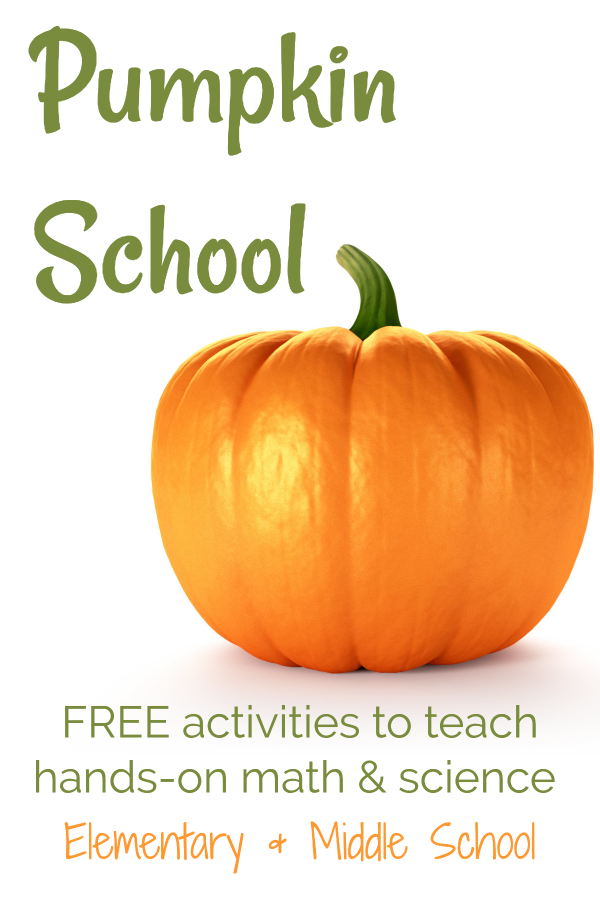
In our homeschool, we have enjoyed one version or another of pumpkin school for years. While you can certainly complete the activities without friends, they are so much fun with a small group. Typically, we invite one or two other families for an entire day of pumpkin-themed learning.
Living Math and Science with Pumpkins
Some of these ideas come from my book Loving Living Math. It’s a how-to book for parents that teaches practical ways to include “living” (real life, hands-on, meaningful, conceptual) math in your homeschool.
Pumpkin Math and Science Activities
The ideas below are straightforward and to the point. Grab as many or as few as you like, and have a ton of fun learning with pumpkins! You can complete your activities using one pumpkin, but using two or more pumpkins to make comparisons is even better.
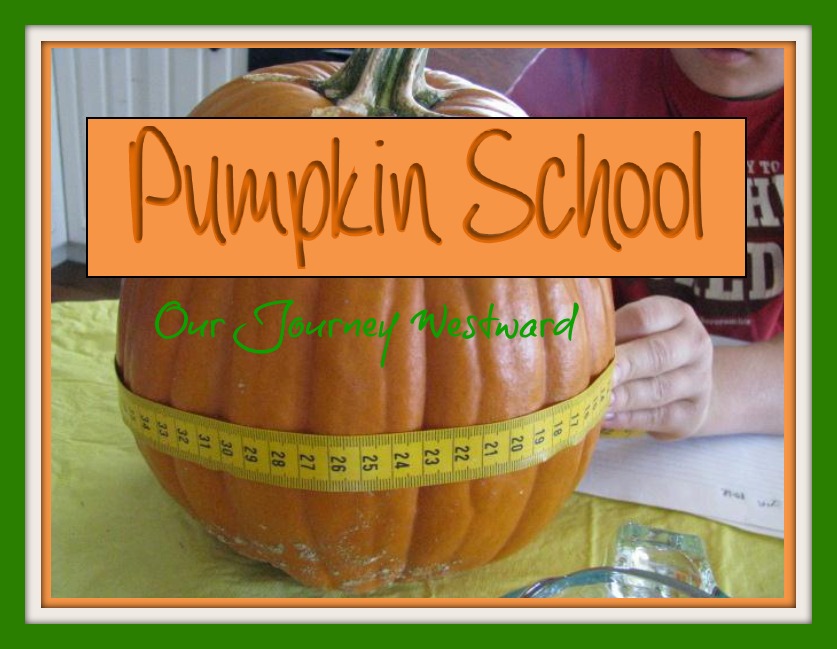
This post contains affiliate links.
Learning Activities To Do Before Cutting Into the Pumpkin
Measure the circumference by wrapping a tape measure around the largest part of the pumpkin.
Calculate the diameter and radius using only the circumference measurement. The formulas you need:
- d=C÷3.14 (that means diameter = circumference ÷ π)
- r=d÷2 (that means radius = diameter ÷ 2)
Count the vertical lines on the skin of the pumpkin. These numbers can be used to calculate:
- fractions – “1/2 of our pumpkin is equivalent to 6/12”, for instance.
- percentages – “What percent of our pumpkin is equivalent to 2/12?”
- degrees – “If a full circle is 360°, how many degrees is 1/4 of our pumpkin?”
Estimate the weight and use a scale to weigh the pumpkin.
Complete simple algebra problems. For example, weigh three pumpkins on a scale together. Remove one pumpkin from the scale. Use an equation like Total Weight – P = New Weight.
Measure the height and width of the pumpkin and its stem.
Measure the volume of the pumpkin using water displacement. This is ideal for a smaller pumpkin. Place water into a container with measured marks. The container must be big enough to immerse the pumpkin entirely in the water. Before putting the pumpkin in the water, record the volume of water by using the measurements on the side of the container. Submerge the pumpkin and write the new water volume measurement. To determine the volume of the pumpkin, subtract the smaller number from the larger number.
If you have several pumpkins or several children, make comparisons between the pumpkins. You can:
- order them by height
- order them by weight
- determine average data such as height, weight, volume
Make graphs of any comparison data you collect.
Have pumpkin races to answer such questions as:
- Which pumpkin makes the fewest revolutions to reach the finish line?
- Which pumpkin goes farther when rolled down an incline?
- Do varying inclines make a difference in how far a pumpkin rolls?
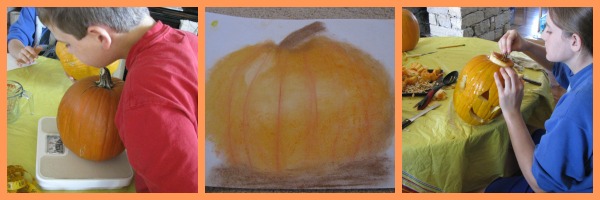
Learning Activities To Do When Cutting Into the Pumpkin
Estimate the number of seeds, then count the seeds and compare your estimate.
Examine and open the seeds.
Measure and weigh the seeds.
Observe and note the differences between the inner and outer parts of the pumpkin’s shell.
Measure the thickness of the shell.
Look for signs to see where the pumpkin touched the ground and notice differences in the shell.
Learning Activities To Do When You’re Finished with the Pumpkins
If you can safely do so, drop pumpkins from a height to answer such questions as:
- Do larger pumpkins splatter more than smaller pumpkins?
- Do larger pumpkins fall faster than smaller pumpkins?
Pumpkin Geography, History, Language Arts, and Home Economics
Most of the activities already mentioned include math and science (STEM). However, you don’t have to stop there. During pumpkin school, it’s easy to connect geography, history, language arts, and home economics!
Learn where pumpkins grow in the world and complete a map.
Read books about the history of pumpkins in America.
Watch videos about pumpkin farming.
Tell or write stories about the personalities of several pumpkins living together in a pumpkin patch.
Make your favorite pumpkin recipes.
Get a Printable Copy of the Pumpkin Learning Activities
Grab a free, printable copy of all the activity ideas listed above to add to your lesson planner!
Living Books About Pumpkins
In general, pumpkin-themed books are meant for a younger crowd. Some of our long-time favorites are appropriate for mid to upper elementary.
The Pumpkin BookThe Pumpkin RunnerThe Biggest Pumpkin EverToo Many PumpkinsPumpkin JackThe Vanishing Pumpkin
More Fall-Themed Science Learning
For an entire curriculum full of ideas for studying all sorts of fruits and nuts this autumn, check out the Fruits and Nuts NaturExplorers guide!
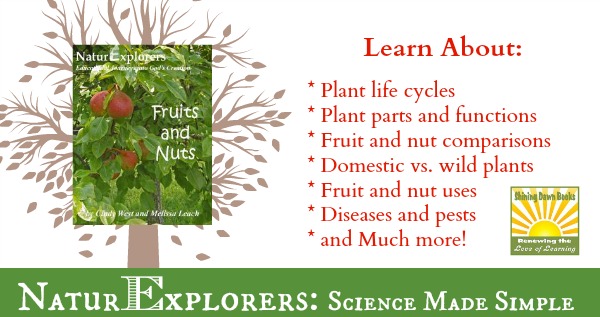
Let Me Teach Your Children
If nature-based science lessons are right up your alley, I have great news…I teach LIVE classes twice a month to children in 1st-8th grades!
Your children will love the interactive classes, and you’ll love their excitement as they learn science. We’d love for you to join us!
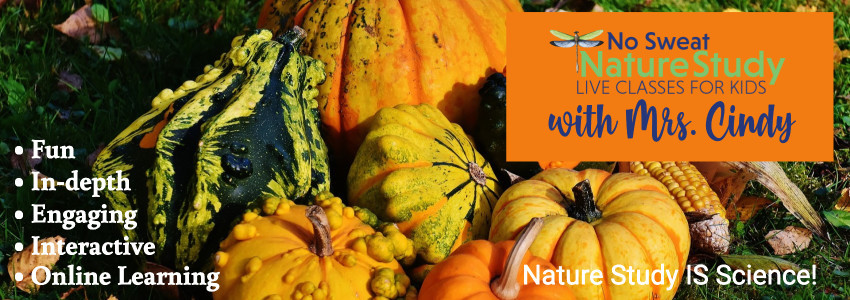
Other Blog Posts You Might Like

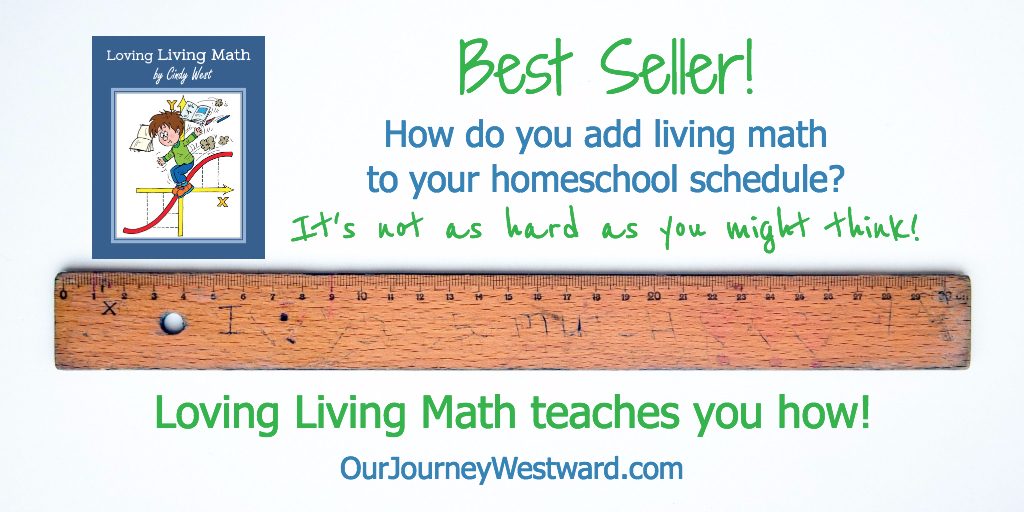

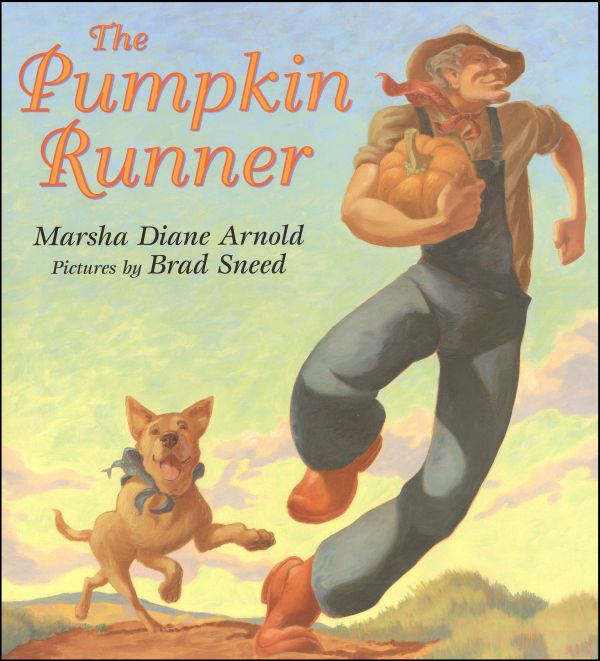




I love this! Thanks for posting!
Thanks for linking up at Homeschool FreeBEE Friday. Pinned to our FreeBEE CoOp board. Great stuff!
This is wonderful!
We are going to the pumpkin patch this weekend.
This is wonderful … I LOVE hands-on math activities! Thanks so much for generously sharing your printable. I featured it as one of the Free Printable(s) of the Day at the Living Montessori Now Facebook page: https://www.facebook.com/LivingMontessoriNow
Fun! We will definitely put some of these ideas to use! Thanks
Such great ideas!
I love these fun pumpkin ideas! Thank you!
You’re welcome. Have fun! 🙂
What delightful ideas! Thank you!
You are very welcome! 🙂